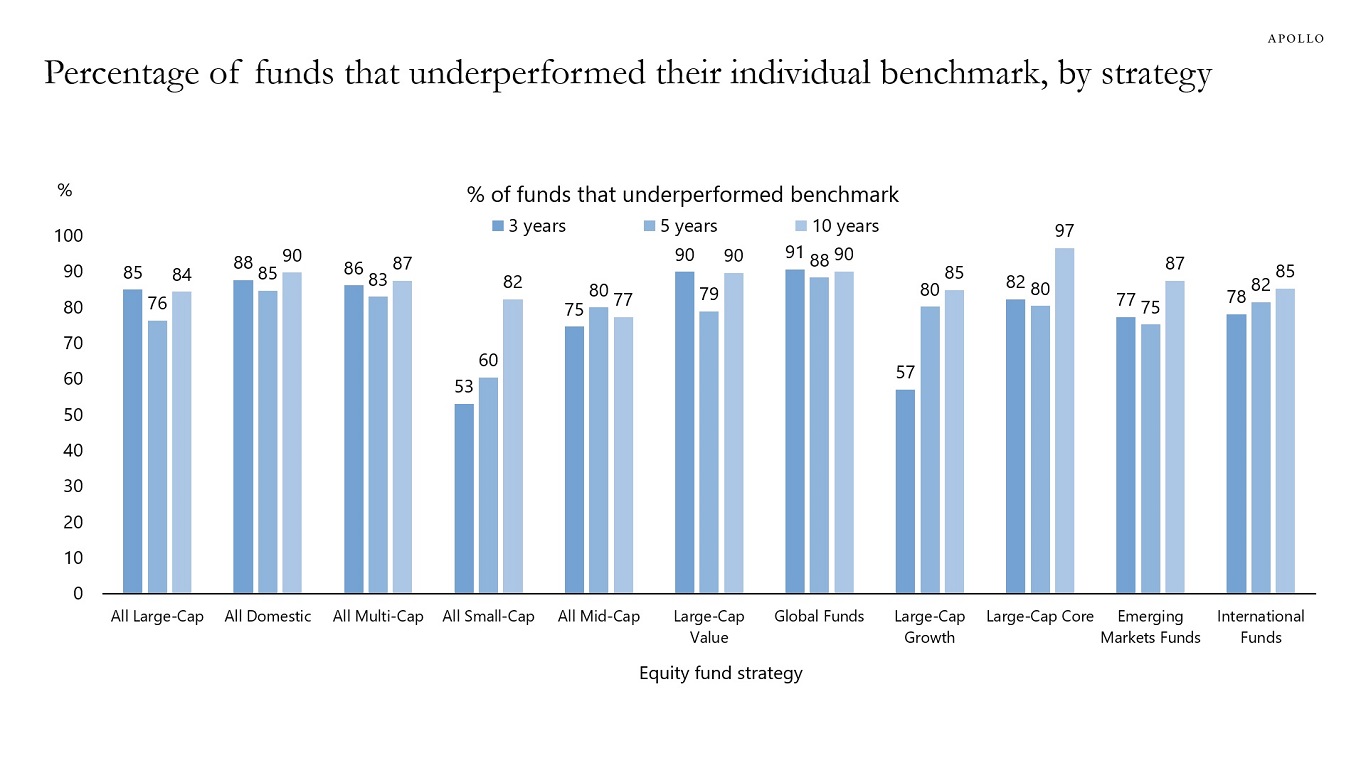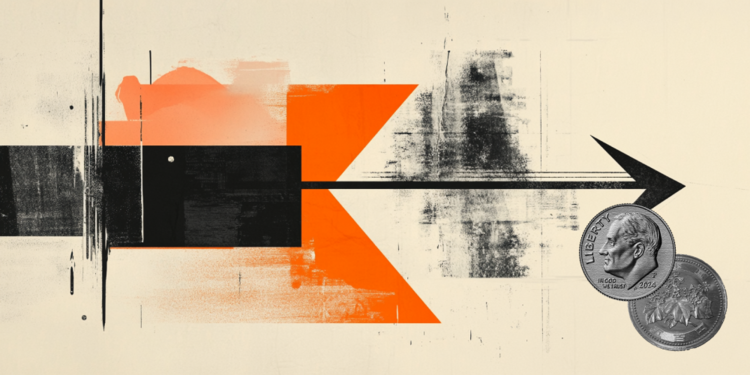How crypto contributed to the rise and fall of one of the world’s largest child exploitation platforms
Crypto has become the “dominant choice” for CSAM buyers and sellers.

International law enforcement dismantled one of the world’s largest child exploitation platforms in April after the service provided access for years to child sexual abuse material, or CSAM, in exchange for cryptocurrency. But, while crypto exchanges like Binance enabled the proliferation of CSAM, the recent take down may prove that the crypto industry has a role to play in combatting child abuse and other crimes.
Kidflix had attracted a total of 1.8 million users since it was created in 2021 by an unnamed cybercriminal, according to Europol, the European Union’s law enforcement agency. On average, users uploaded 3.5 new videos to the service hourly and had access to 91,000 unique videos with a total run time of 6,288 hours.
Despite being known to law enforcement, the platform was able to grow to such a large scale due partly to its reliance on crypto, the digital payment system that shields the identity of transactors with blockchain technology. Some argue that crypto’s pseudonymous nature has been appropriated by bad actors to finance their crimes and conceal their identities. With online child sexual exploitation, that seems to be the case.
Crypto-based sales of CSAM are a “growing problem,” according to a 2024 report from crypto data analysis firm Chainalysis, with one expert calling crypto the “dominant choice” for CSAM buyers and sellers. The report also found that perpetrators are getting better at using crypto tools like “privacy coins” to obfuscate their data trails even further.
“The digital dimension has driven a rapid evolution in online child sexual exploitation, offering offenders a borderless platform to contact and groom victims, as well as to create, store, and exchange child sexual abuse material,” Catherine De Bolle, Europol’s executive director, said in a statement.
The takedown
While blockchain technology has made it easier to access and distribute CSAM, it has also made it possible to unmask those committing these crimes.
As part of Europol’s investigation, the agency provided Binance, the world’s largest crypto exchange, with a list of wallet addresses linked to Kidflix. With this information, Binance’s investigative team cross-examined its own database, combing through transactions to pinpoint users who may have sent money to Kidflix. The exchange was able to identify 120 Kidflix users that had Binance accounts, according to the company.
With the help of Binance and participation from 31 different countries, Europol was able to shut down the platform and arrest 79 suspects. In April, German and Dutch law enforcement seized a server linked to Kidflix containing around 72,000 videos. The investigation also resulted in the seizure of over 3,000 electronics and the identification of 1,400 suspects.
Europol declined to comment publicly about the perpetrators but Lilija Mazeikiene, head of investigations in Europe, the Middle East, and Africa at Binance, told Fortune that the suspects her team identified were “all over the world.”
While crypto was created to be a privacy-based financial system, many exchanges comply with government legal requests related to criminal activity. Binance and other exchanges are required to collect know-your-customer data from users and may hand over that information to law enforcement when requested. This can include names, addresses, nationality, and government-issued identification.
“The blockchain is pseudonymous, not anonymous,” Erin Fracolli, global head of special investigations at Binance, told Fortune. “If you’re doing this sort of thing, you can get caught.”
This story was originally featured on Fortune.com














































































































































































